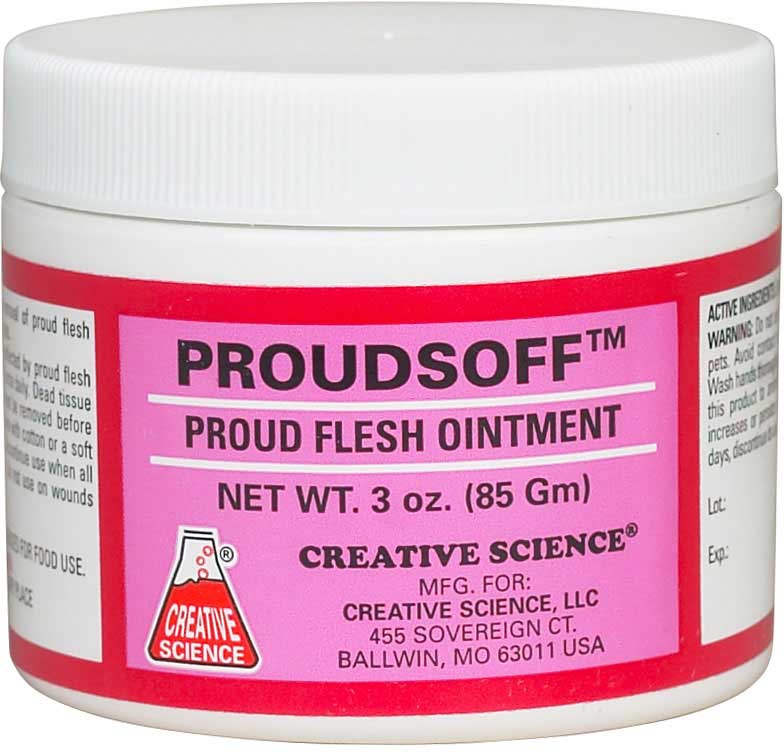
Your veterinarian should examine any wound closely and remove foreign material, bone fragments, or dead tissue that can cause inflammation and infection. Indeed, persistent inflammation, along with infection, is a major contributor to proud flesh formation in a wound. Bandaging and rest are vital to wound healing, as continuous wound movement and contamination cause persistent inflammation, which complicates healing. This predisposition occurs due to the high tissue tension and mobility in these areas. Horses are more prone to proud flesh than other species, especially when it comes to wounds on the distal limbs.

However, it does not contain nerve endings. This tissue is highly vascularized, which means it contains many blood vessels that help supply oxygen to the area. Typically, granulation tissue is pink and appears rough or bumpy. Proud flesh develops when the normal proliferative phase of the wound healing process proceeds unrestricted. They normally proceed in an organized and linear fashion however, contamination, infection, inflammation, and motion can halt the progression of healing and lead to chronic wounds. The normal wound healing process includes four stages: hemostasis (clotting), inflammatory (localized swelling), proliferative (rebuilding), and maturation (remodeling). Here we’ll explain the wound healing process, appropriate treatment to avoid proud flesh, and what to expect when managing proud flesh with your veterinarian. Early recognition and appropriate treatment are crucial for complete wound healing. Those on distal (lower – below the knee/carpus or hock/tarsus) limbs are especially difficult to manage, however, which often leads to the production of proud flesh, or exuberant granulation tissue, resulting in a chronic wound. This information is not intended to diagnose or treat any disease, and is purely educational.Wounds on horses’ bodies and limbs are exceptionally common. SmartPak strongly encourages you to consult your veterinarian regarding specific questions about your horse's health. Do not put caustic materials on wounds or proud flesh because normal tissue can be killed along with the abnormal tissue and make the injury worse. When in doubt of the extent of an injury and the best way to treat it, contact a veterinarian. Observe all horses on the property daily for injuries and treat any wounds as soon as they occur. The best way to manage proud flesh is to prevent it from ever forming.
#PROUD FLESH SKIN#
In some cases, a skin graft or cast is necessary to prevent the proud flesh from returning. However, if the proud flesh has grown so large that it protrudes from the wound, a veterinarian may need to surgically remove the tissue.

If the proud flesh is noticed right away, applying a specific ointment and putting on a pressure bandage might be enough to reduce the excessive granulation tissue and allow normal healing to resume. However, any wound that has been left open to heal rather than sutured closed is at risk of developing proud flesh. Also known as exuberant granulation tissue, it occurs most commonly with injuries on the lower legs of horses and can be recognized by its rough, red appearance. Proud flesh is overgrowth of the normal tissue that fills in healing wounds.


 0 kommentar(er)
0 kommentar(er)
